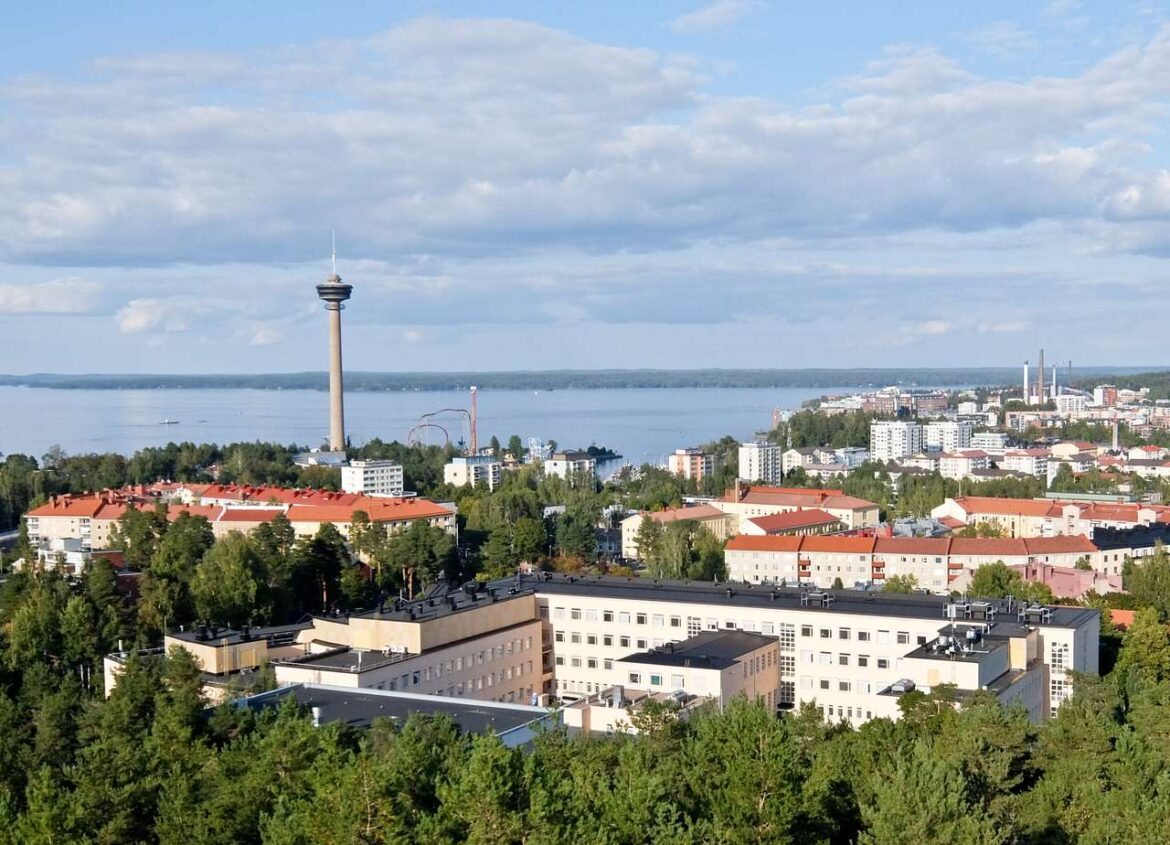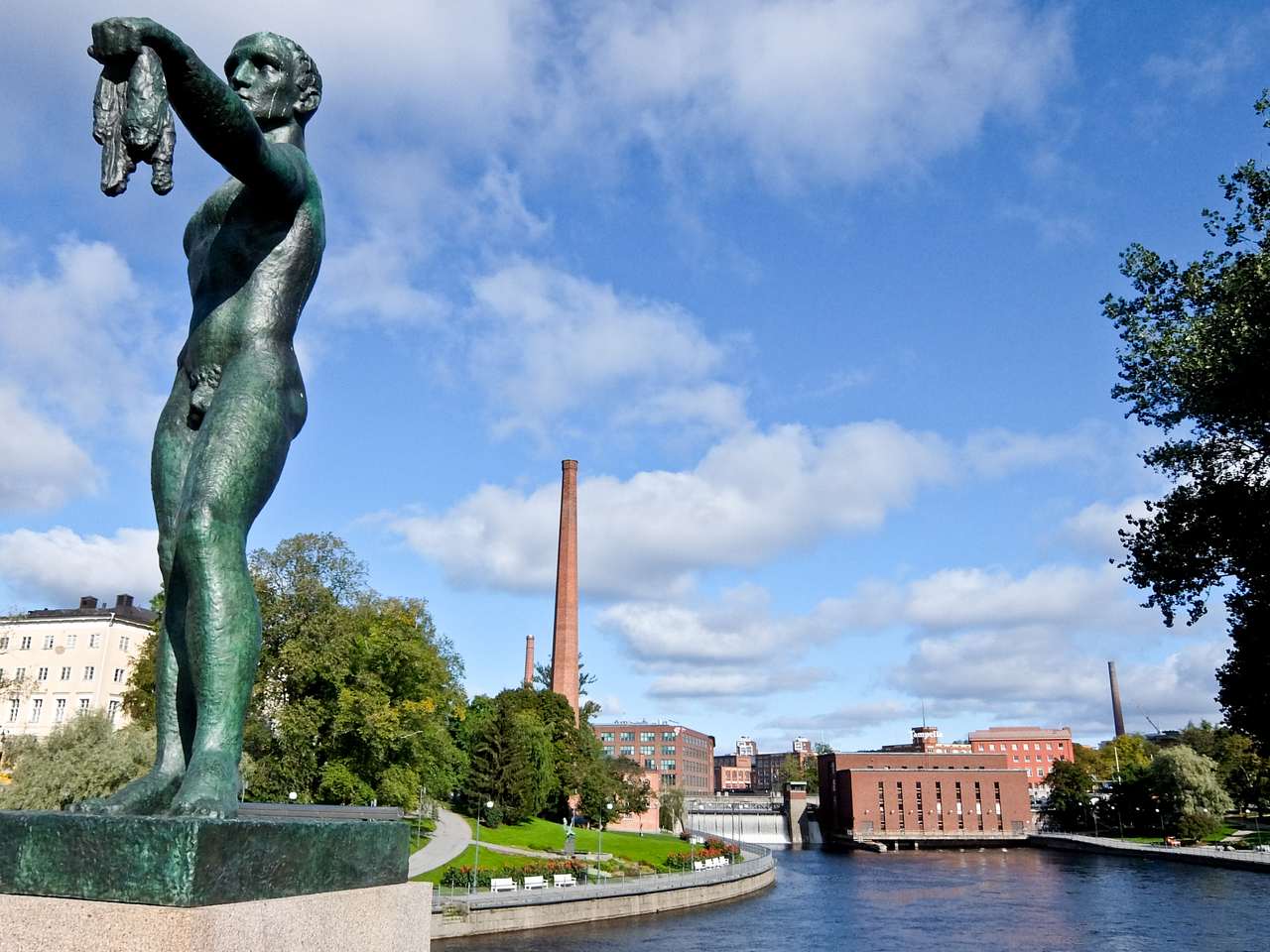About 100 miles north of Helsinki, Tampere is the third-largest city in Finland. The area boasts more than 50 public saunas and the surrounding countryside is known as Finnish Lakeland. Visit True Altitude for a list of products to bring along on your trip!
It is a city built on water, located on the Tammerkoski Rapids, between two large lakes, the green banks providing a counterpoint for the red-brick industrial buildings. It was the birthplace of the Finnish Industrial Revolution when in 1820 the Scottish engineer James Finlayson built a factory for making heavy machinery.

By 1828 he moved to Clothe and the city became known as Nordic Manchester. It shared similarities with its English counterparts and the condition of thousands of workers was not very good. Today the mills are almost all gone, but the buildings have been artistically preserved and filled with shops, museums, bars, and restaurants.
The huge complex that once housed the Finlayson Cotton Mill, the Worcester Museum has a history of the Finnish textile industry with 25 machines on display, hundreds of objects, and photos related to factories and items produced by the Temper textile industry. The pride of the place is the Sulzer steam engine which is still at the center of the original mill, in its original position. It dates back to 1900 and is the largest steam engine used in Finland.
After the Russian Revolution, Finland became independent and the city was at the center of a brutal civil war between the workers’ movement, the red, and the conservative landlords and industrialists, the whites. The Battle for Tampere in 1918, involving 300,000 troops, was one of the most decisive military engagements of the war.

In the museum, black and white paintings bring back the carnage and destroy parts of the city. With the help of German troops, the whites won the war and eventually the war. The victims were workers and even, it is an incident that still divides the family.
Not all art heritage in Tampa is a matter of history. The wide-open Central Square in the city center was created when Tampere was Russian and its influence on architecture is evident.
Formerly the Tampere Theater, built-in 1912, and opposite the Grand Neo-Renaissance Old Town Hall, which is still used for festive occasions. The Art Nouveau buildings are built on the south side and in the winter the square is home to a famous Christmas market.
Echoing the Russian past of the city, the seven Kapolas of the Byzantine Orthodox Church, locally known as the “Onion Church”, are covered with icons inside. There is only a small orthodox population here and the nearby Lutheran Cathedral is a place of worship for most church travelers.
It is a great example of the Finnish national romantic style and the most interesting are the murals of Hugo Simberg. They created a sensation in 1907 and it’s easy to see why Ken-Garland of Life depicts twelve giant-sized naked boys, next to the walls of the gallery.
Saunas came to Finland 2,000 years ago and apparently, more than three million in the country, more than one for every two fins. Recognized by UNESCO as part of the country’s indomitable cultural heritage, Tampere has now designated itself as the world’s sauna capital.
There are more than 50 public gold picks in the area, including Kuuma, right next to Aficionado’s Central Square. Upstairs there is a cafe–restaurant with a terrace and downstairs there are two saunas, which are open all year round. When you can’t take in the heat, you’ll be drowning in the freshwater of the Lake in a dry region.